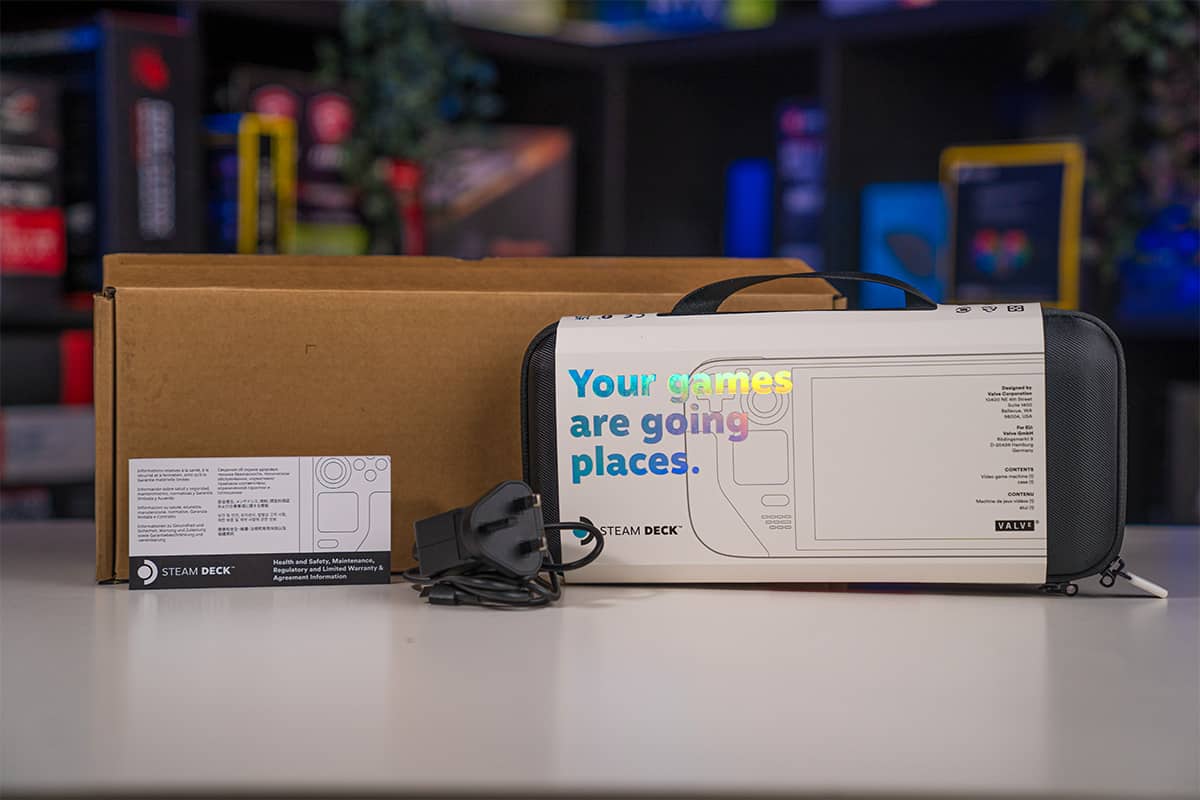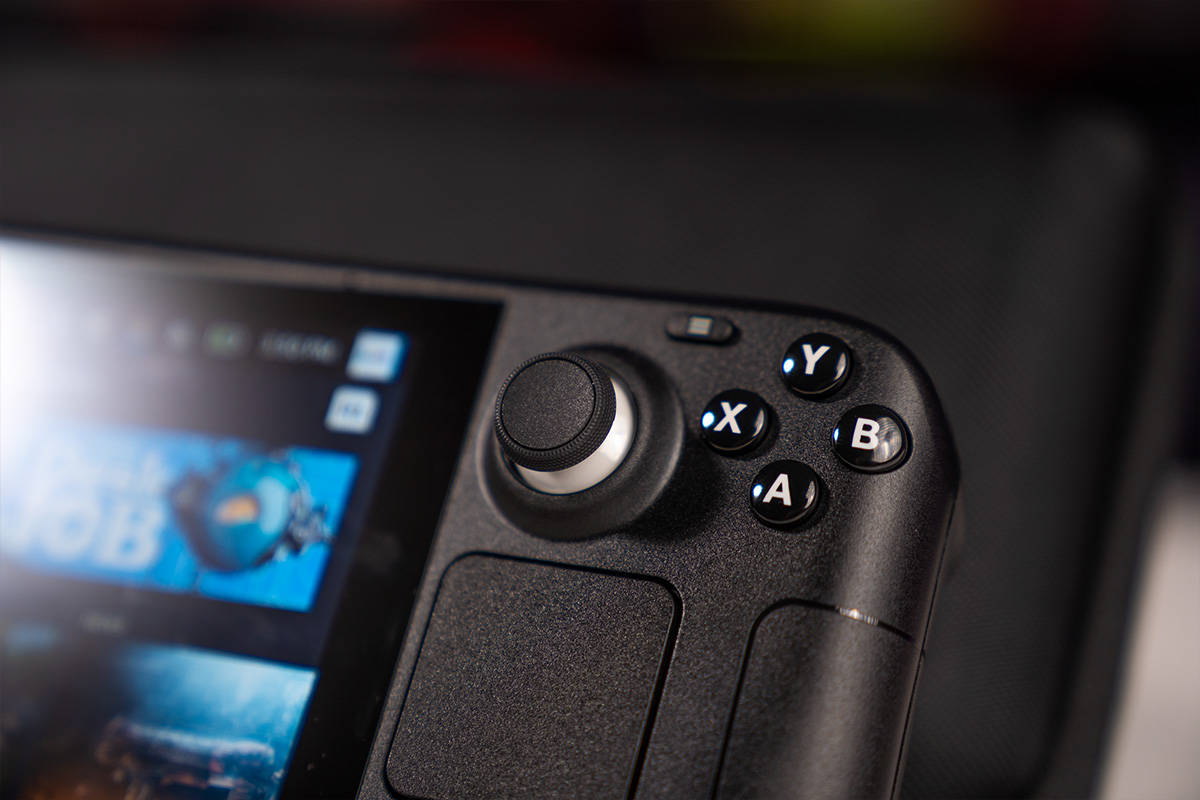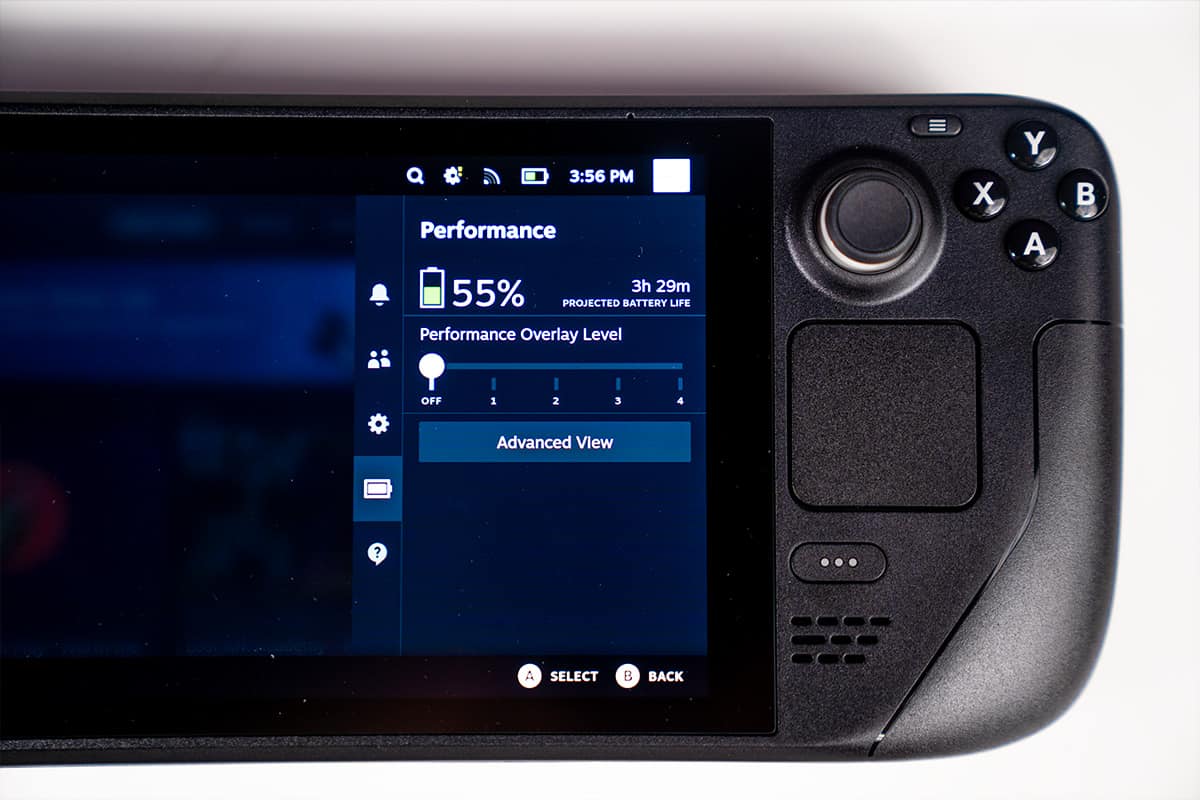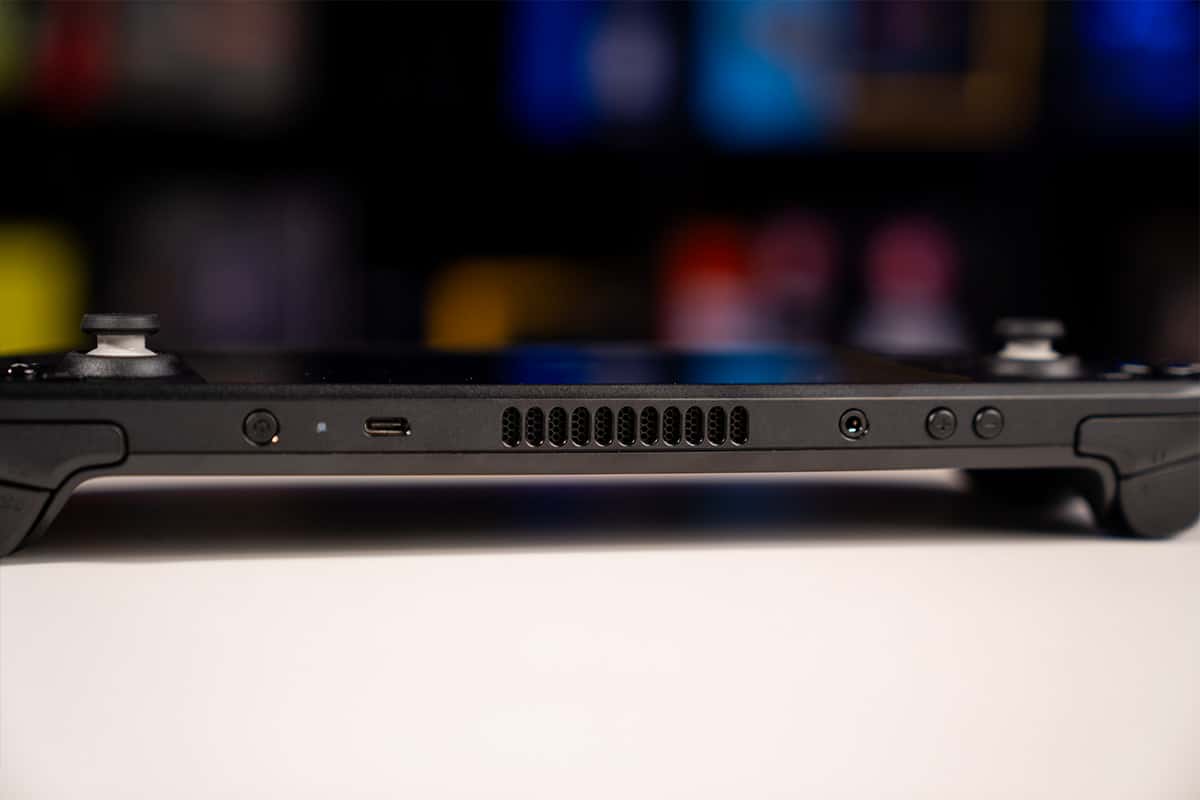Steam Deck review – our view of the original LCD model
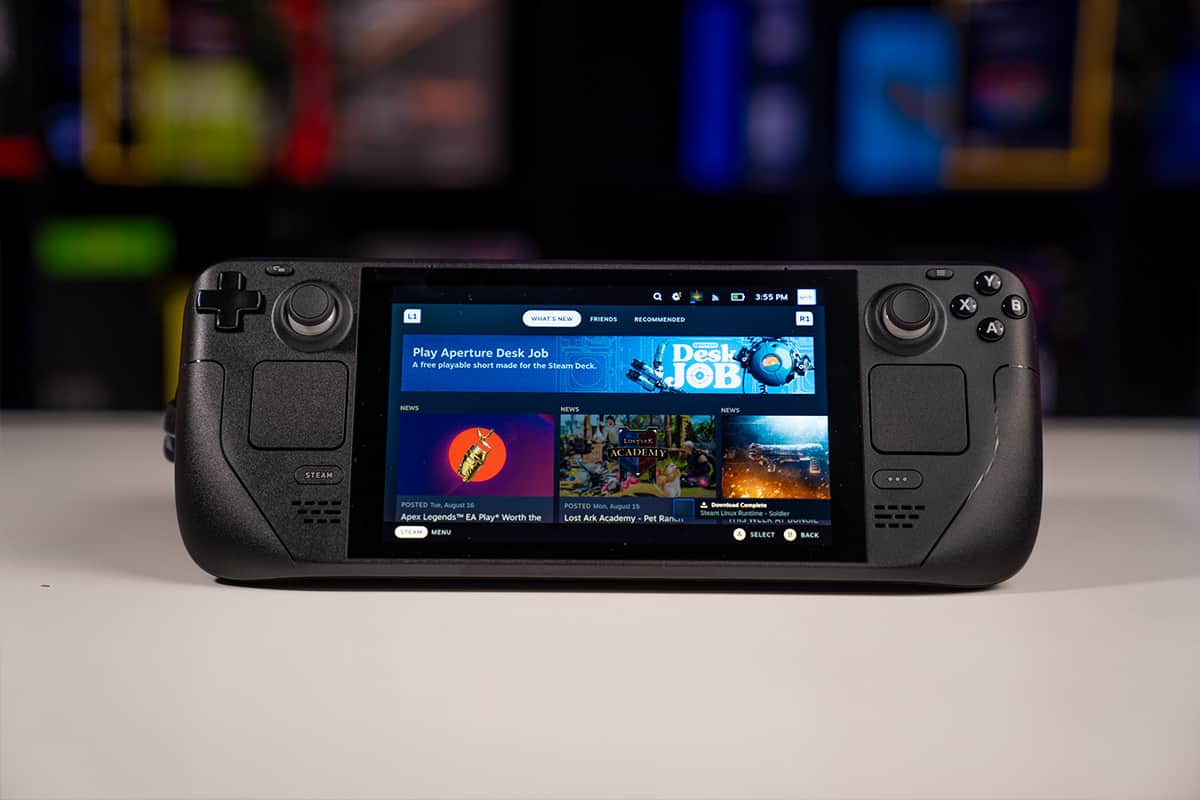
Table of Contents
The Steam Deck may now have an OLED version, but the original isn’t suddenly going away. So it makes sense to take an in-depth look at what’s on offer with the original model. That’s exactly what we do in this Steam Deck LCD review, highlighting the key plus and minus points of a top portable gaming option. I’ve spent plenty of time with my own Steam Deck, so you can be sure that this piece is based on need-to-know info.
Steam Deck LCD hardware specs
We’ve covered the Steam Deck specs table across our Steam Deck content, so here’s the bitesize info you need. Powered by a 7 nm AMD APU and 16 GB LPDDR5 RAM, this handheld is designed to run games smoothly – something Valve has improved since the 2022 launch – and at stable frame rates. Its 60Hz refresh rate hints at the limit here, but for mobile this really is fine.
Prime Day may have closed its doors, but that hasn't stopped great deals from landing on the web's biggest online retailer. Here are all the best last chance savings from this year's Prime event.
- Sapphire Pulse AMD Radeon™ RX 9070 XT Was $779 Now $719
- AMD Ryzen 7 7800X3D Processor Was $449 Now $341
- Skytech King 95 Ryzen 7 9800X3D gaming PC Was $2,899 Now $2,599
- LG 77-Inch Class OLED C5 TV Was $3,696 Now $2,996
- AOC Laptop Computer 16GB RAM 512GB SSD Was $360.99 Now $306.84
- Lexar 2TB NM1090 w/HeatSink SSD Was $281.97 Now $214.98
- Apple Watch Series 10 GPS+ Smartwatch Was $499.99 Now $379.99
- AMD Ryzen 9 5950X processor Was $3199.99 Now $279.99
- Garmin vívoactive 5 Smartwatch Was $299.99 Now $190
*Prices and savings subject to change. Click through to get the current prices.
For control, the Steam Deck features two full-sized analog buttons, as well as a D-pad, four action buttons, and two shoulder bumpers. For storage, you can use SD cards of 64 GB, 256 GB, or 512 GB capacities. Battery life is stated as two hours on standard settings with up to eight on tweaked, lower power, settings.
The Steam Deck LCD Screen
Now we’ve covered the specs, a Steam Deck LCD review should probably start with the display. Although not the only difference, it’s a major factor when comparing the LCD and new OLED models. But don’t think just because it’s not the newest spec that it’s no good.
The Steam Deck’s 7-inch anti-glare screen is actually great on the latest non-OLED model, and for me is a good selling point if you don’t want…light reflecting off the screen. It works well, and combined with the non-standard 1280 x 800 HD resolution HD (better than 720p) is really good to look at.
Performance and use
Overall, the Steam Deck is extremely easy to use, and for me personally, it does feel extremely comfortable to hold. The back buttons are easy to reach and are great if you need another option to quickly assign an action to (like an alternative to picking up an object or shooting an enemy etc.).
In terms of performance, the majority of games do provide a smooth experience when playing. The Steam Deck can get quite hot when playing heavily-intensive games like Red Dead Redemption 2 or Forza Horizon 5. I’ve no huge cause for concern here, but it is worth pointing out as the hardware will work hard to deliver performance.
In terms of the hardware, I’ve found it impressive that you can push the game to run on medium graphics for some of the latest titles – or extremely demanding ones. No, it;’s not the same as playing on a fully powered desktop PC, but you can get a really good experience. Granted, some graphical quality is lowered but at the cost of portability, it is definitely worth it.
Definitely also keep in mind that the Steam Deck is best for casual gaming use. I say this because while it can play more demanding games, as mentioned, and some of the latest AAA games are supported on it, the fact that the SteamOS uses Proton/Linux means it is restrictive for competitive play.
This is thanks to incompatibility, so playing games like Destiny, Call of Duty and PUBG isn’t possible due to the lack of support with BattlEye and other anti-cheat software that doesn’t support Linux systems. Perhaps that will be addressed, but for now, it’s a big and important point.
Battery life
The battery life on the Steam Deck could definitely be better, but honestly, I can’t complain. Yes, the new OLED model reportedly offers a 50% improvement, but you can still get around 2 hours on heavy/intensive games. And considering the Steam Deck is literally a portable PC, that’s not bad at all.
Connectivity and storage
The two functional aspects of the Steam deck are its wireless connectivity and storage options. Kicking off with wireless connectivity, the WiFi download speed is insanely impressive (at least for my 512GB SSD LCD model at least). The LCD models make use of the WiFi 5 standard (802.11ac), as opposed to the OLED’s WiFi 6 (802.11ax), but even on WiFi 5 my download speed has at some points been on a par or even faster than my wired connection at home. Essentially, it’s not an issue, and only those demanding the fastest possible speeds will mind.
For storage, the SD Card transfer for games also provides quick and reliable speeds, considering you can download really intense games on a simple MicroSD Card. It’s also a great alternative for Indie titles or games that don’t require much loading.
Steam Deck LCD review – PC Guide verdict
Ultimately, the Steam Deck LCD model is still a great piece of kit. Design, performance, reliability, and enjoyment-wise it’s well worth the asking price, and is now at a better price thanks to the OLED model arriving. There are some quirks to note, as I’ve covered above – around some game support and some warmth issues on taxing titles. But I’ve no regrets at all about picking one up, and would definitely recommend it if you’re considering a purchase.


